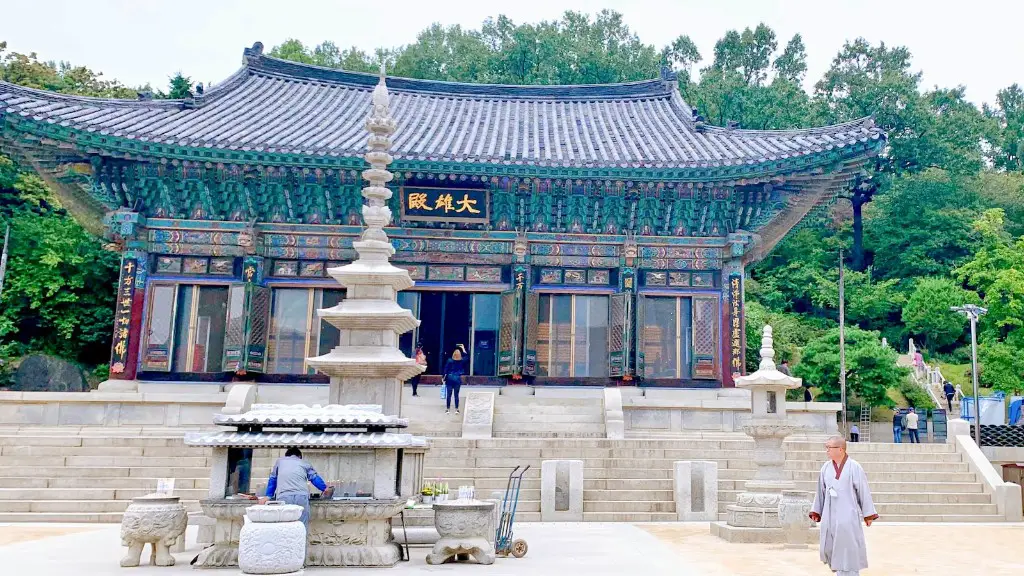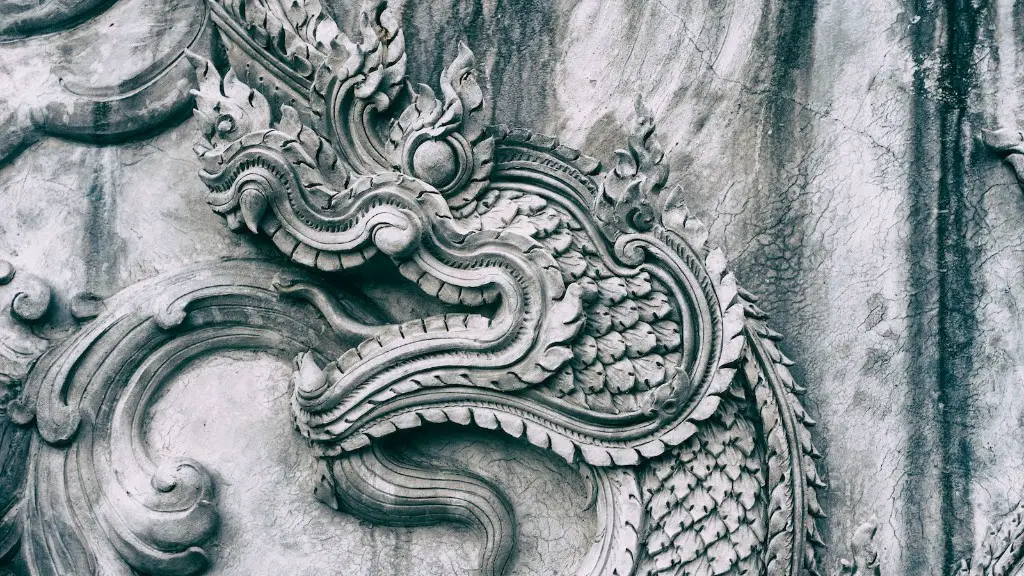What is Day of the Dead?
Day of the Dead, or Dia de los Muertos, is a Mexican holiday celebrated from October 31st to November 2nd. It is a festival of remembrance of those who have passed away and a celebration of life. During this time, families and communities come together to honour their dead loved ones through music, offerings, and traditional food. The holiday is often misinterpreted as a dark and somber event, but it is actually a joyful occasion that celebrates loved ones who have passed away.
Is Day of the Dead Against Christianity?
The Day of the Dead has both Christian and pre-Columbian roots. While the holiday’s exact origin is unclear, it is important to note that the Day of the Dead was celebrated long before Christianity arrived in Mexico. It is believed that many of the practices, images, and symbolism associated with the holiday stem from indigenous cultures including the Aztecs, Mixtecs, and Zapotecs. In terms of Christianity, the celebration can be seen as a way to honour beloved ancestors and family members in a way that is still respectful of religious beliefs. That said, many churches have embraced the celebration and see it as a way to remember their dearly departed in both a spiritual and community-oriented way.
What is the Cultural Significance of the Day of the Dead?
The Day of the Dead is a time for family and friends to come together to celebrate their loved ones. It is a time for people to remember and reflect on the beauty of life and the cycle of life and death. The holiday has a strong cultural significance as it is seen as a way to honour and remember members of the community who have passed away. Additionally, the holiday is strongly connected to the idea of reclaiming Indigenous cultures and celebrating pre-Columbian customs and rituals.
What are Some of the Day of the Dead Symbols?
One of the most iconic symbols associated with the Day of the Dead is the sugar skull. This is a representation of the deceased and is often decorated with bright colours, glitter, and feathers. It is also common to see images of skeletons participating in different activities like dancing, playing music, and drinking. These images are meant to remind us that death is just another part of life and should be celebrated. Other symbols associated with the holiday include marigolds, candles, alters, and papel picado (cut paper).
How is Day of the Dead Celebrated?
People celebrate the Day of the Dead in a variety of ways. It is common for families to create alters known as “ofrendas”, which are decorated with photos, candles, incense, and other offerings. People also organize vigils for their deceased loved ones and often spend the day visiting the graves of their deceased friends and family. Many people also prepare traditional food such as pan de muerto (bread of the dead) and also celebrate with music and dancing.
What Are the Benefits of Celebrating Day of the Dead?
The Day of the Dead provides people with a way to remember and honour their deceased loved ones in a meaningful way. It is also an important event in Mexico’s cultural history and is a way for families to reunite and create lasting memories. The Day of the Dead reminds us that death is a natural part of life and should be celebrated and embraced.
The Historical Origins of Day of the Dead
The exact origin of Day of the Dead is difficult to pinpoint as many of its traditions can be traced back to a number of Indigenous cultures. Aztecs, Mixtecs, and Zapotecs all celebrate rituals of death that revered ancestors and passed away family members in pre-Columbian times. The holiday was eventually combined with Christian beliefs brought to Mexico with the Spanish colonialism. Many elements of Day of the Dead, such as the use of marigolds and altars, have since been incorporated into the cultural practices and rituals of Mexican celebrations.
Archeological evidence has revealed that the ancient cultures of Mexico engaged in similar rituals around death dating back to the 8th century. Depictions of skulls can be found in codices and archaeological sites. It is believed that such symbols and rituals served to honour the dead, remind the living of their mortality and embrace life as part of an ongoing cycle of death and rebirth.
One of the most important figures associated with the Day of the Dead is Mictlantecuhtli, the Aztec Lord of the Underworld. He is commonly represented as a skeleton and is a reminder of the way people viewed death in ancient times. He is viewed as an important figure in Mexican culture and is often depicted in art, attire, and masks during the Day of the Dead celebrations.
The Impact of the Catholic Religion on Day of the Dead
The introduction of Catholicism to Mexico in the 16th century had a major impact on the way Day of the Dead was celebrated. The holiday was eventually moved from August to coincide with the Catholic observance of All Souls Day and All Saints Day in the Fall. It was also believed that due to the numerous similarities between the practices of the pre-Columbian religions and the Catholic beliefs at the time, the holiday’s traditions could be adopted into Catholic culture with ease.
In Catholicism, death is seen as a positive transition into the afterlife and many of its beliefs were adopted into the Day of the Dead observance. For example, the inclusion of angels, crosses and other religious symbols in ofrendas and the importance of spiritual cleansing and blessing from priests can all be associated with the Catholic practice.
Since the 19th century, the Mexican government actively encouraged the Catholic approach to the holiday and it has since become a common sight to see Catholic priests and nuns present at the ofrendas created by families. This serves as a reminder of life’s natural cycle and bears testament to the melding of cultures that has taken place over time in Mexico.
The Modern Day Observance of the Day of the Dead
Today, the Day of the Dead is celebrated in many countries around the world. In Mexico, the holiday is marked with festivals, parades, and fairs in cities and towns across the country. In the United States, the holiday has gained footing in recent years and is celebrated in various cities including Los Angeles, San Francisco, and Houston.
In recent years, the holiday has gained international recognition in popular culture owing to its cultural significance and visuals elements. In films, television, and books, the holiday has been used to reflect and explore themes such as death, mourning, and family. Animations, films, and films made specifically for kids seeking to explain death in an approachable way have also contributed to the popularity of Day of the Dead among a new generations.
The holiday may have changed since its pre-Columbian roots, yet it is an event that continues to bring families and communities together to honour and remember their dearly departed.
The role of Media in the Popularity of Day of the Dead
In recent years, films, books, and TV shows have contributed to the increased popularity of the Day of the Dead celebration. Popular films such as the 1967 animated classic, “The Book of Life”, and the 2016 comedic horror, “Kubo and the Two Strings” have both helped to popularise the Mexican holiday.
The internet and social media has also been an important tool in the spread of the Day of the Dead narrative. Photos, videos, memes and articles featuring classic Day of the Dead imagery have been shared and made their way around the world, informing and educating people on the history and cultural significance of the holiday.
This has been accompanied by an increasing number of Day of the Dead-themed products in stores, providing people with the opportunity to explore the holiday through art, decoration, and crafting.
In this way, Day of the Dead has gone global, encouraging people to celebrate their cultures and honour the memory of their deceased loved ones.
The Global Reach of the Holiday
The Day of the Dead has become increasingly popular and is celebrated all over the world. Many countries have adapted the holiday to suit their own local cultures and beliefs. In some countries, such as Spain, the celebration has merged with the Catholic All Souls Day and Day of the Dead-style ofrendas now fill traditional Catholic graveyards.
In other parts of the world, Day of the Dead festivities have been adapted in completely new ways. For example, some countries have taken the traditional marigold ofrenda and turned it into an event where locals gather amidst the petals of marigolds in playfully whimsical ways. In some parts of the world, the traditional food associated with Day of the Dead celebrations have been remixed and reinterpreted by local chefs.
These new interpretations of the day serve as a reminder of the way cultures adapt to one another, merging and merging over time to create something new. Through such cross-cultural exchanges, Day of the Dead embraces the global reach and acknowledges the importance of sharing cultures, stories and history.

